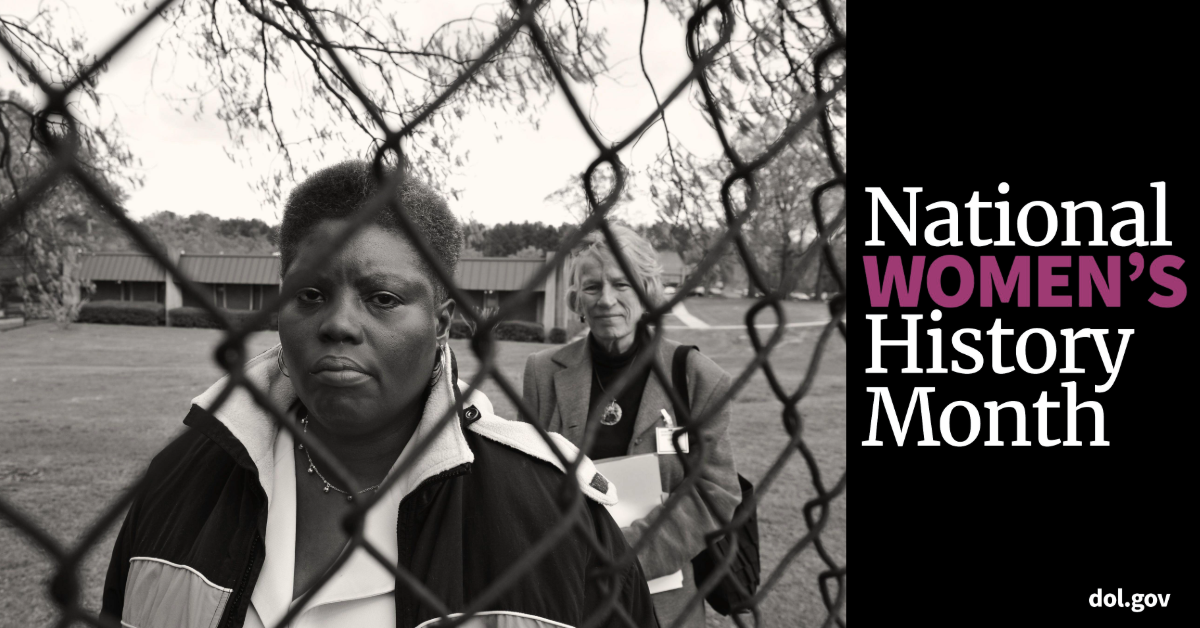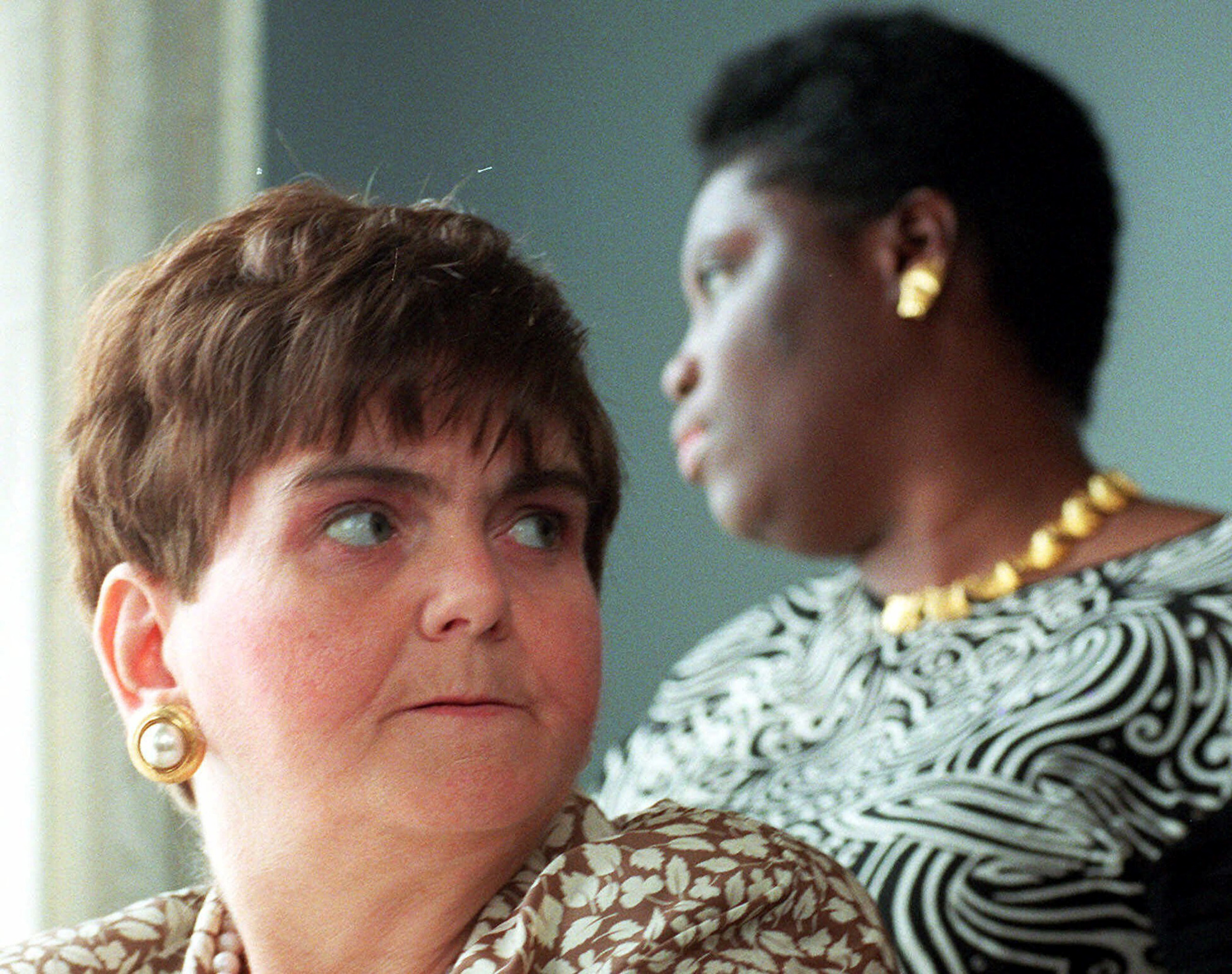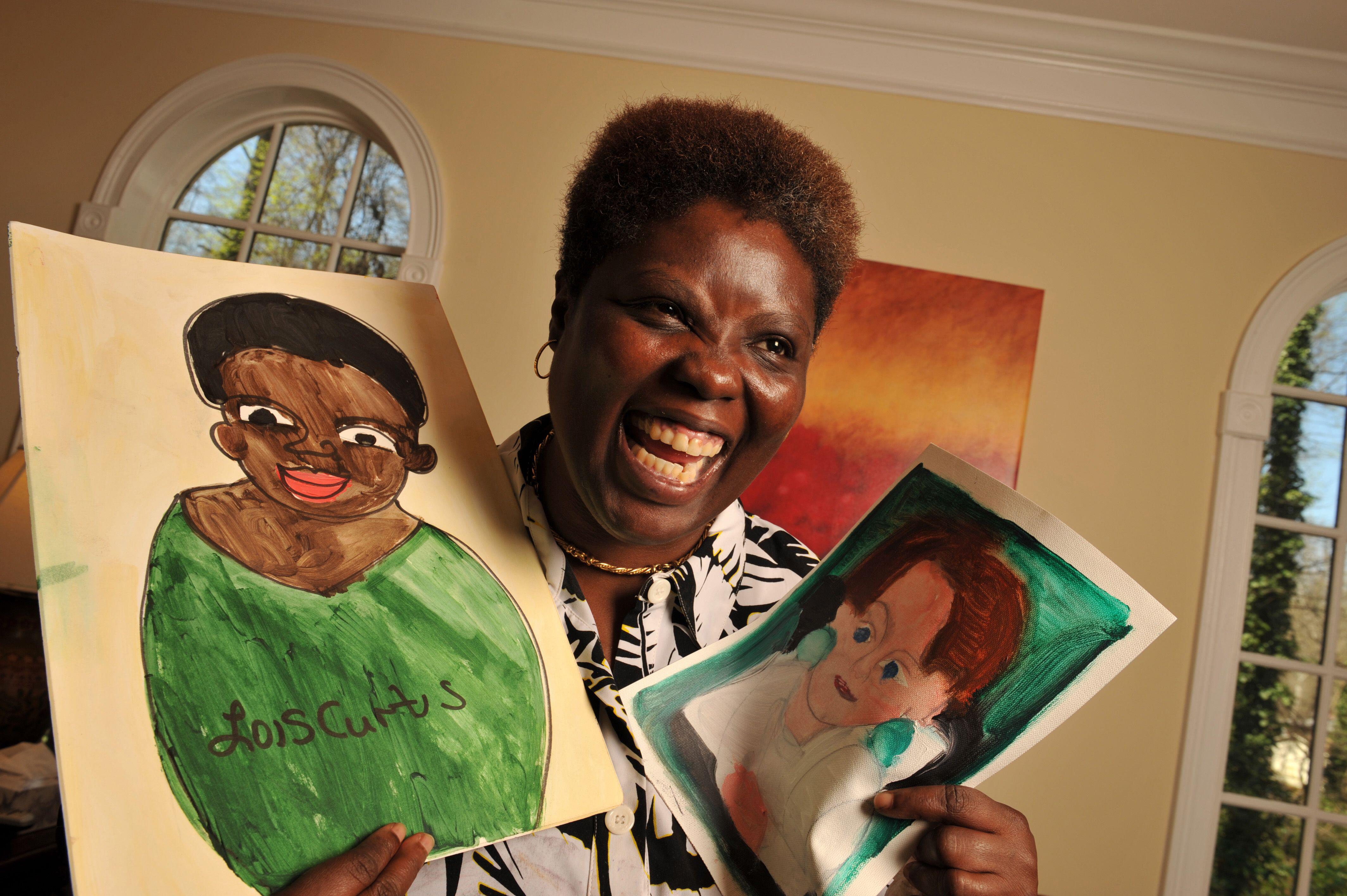
This year marks the 25th anniversary of a seminal moment in disability rights history and American history—the Supreme Court’s landmark decision in Olmstead v. L.C. —which found that the unjustified segregation of disabled people into institutions was discrimination. The decision was also an influential moment in women’s history, because at the center of the watershed case was a powerful trio of women: Lois Curtis, Elaine Wilson and Sue Jamieson. 
Lois and Elaine were people with mental health and developmental disabilities. Since childhood, they had been cycled in and out of institutions, away from their homes, separated from their families and communities. In the mid 1990s, both found themselves confined to the state-run Georgia Regional Hospital despite desperately wanting—and having been deemed ready by health care professionals—to transition to community-based treatment.
In May 1995, Sue, an attorney with the Atlanta Legal Aid Society who had known and advocated for Lois since she was a teenager, filed a federal suit on Lois’s behalf. The suit, filed against the State of Georgia, including the commissioner of the Georgia Department of Human Resources, Tommy Olmstead, asserted that Lois’s unjustified segregation constituted discrimination under Title II of the Americans with Disabilities Act. Later that year, as Georgia Regional Hospital prepared to release Elaine to a homeless shelter yet again, her mother called Sue for help. Elaine joined the suit in January 1996.
 In March 1997, the U.S. District Court for the Northern District of Georgia ruled in favor of Lois and Elaine. The defendants appealed, first to the 11th Circuit Court of Appeals, which sided with Lois and Elaine and, ultimately, to the U.S. Supreme Court. On June 22, 1999, the Supreme Court handed down its decision—perhaps the most important civil rights decision for people with disabilities in this country—upholding the lower courts’ rulings.
In March 1997, the U.S. District Court for the Northern District of Georgia ruled in favor of Lois and Elaine. The defendants appealed, first to the 11th Circuit Court of Appeals, which sided with Lois and Elaine and, ultimately, to the U.S. Supreme Court. On June 22, 1999, the Supreme Court handed down its decision—perhaps the most important civil rights decision for people with disabilities in this country—upholding the lower courts’ rulings.
Writing for the majority, the late Justice Ruth Bader Ginsburg recognized the “unjustified institutional isolation of persons with disabilities” as a “form of discrimination.” She wrote that people with disabilities have the right to the appropriate care environment, whether in the community or in other settings, based on the needs and desires of the individual.
The Court’s decision definitively affirmed what Lois, Elaine and Sue knew from the start—that people with disabilities, including people with significant disabilities, have the right to receive publicly funded services and live in their communities, in the most integrated settings possible.
These publicly funded services include employment services and supports, which the Office of Disability Employment Policy works to improve every day, upholding the spirit of Olmstead. For example, through a variety of policy and programmatic initiatives, ODEP strives to increase competitive integrated employment, a key component of which is employees with disabilities working alongside employees without disabilities.

After rejoining the community, Lois moved to her own home. She pursued her passion for painting and established her own art business with the assistance of a job coach. In 2011, she even presented one of her paintings to President Obama in the Oval Office.
Elaine, who over the years had been placed in more than 37 different facilities and experienced homelessness several times, was able to live in her own home with a caretaker. She developed an interest in cooking, was active in her church and engaged in advocacy activities. Elaine was deeply proud of her independence, and she loved to visit people and have people visit her at her home.
Elaine passed away in 2005, and Lois passed away in 2022, but their spirit remains very much alive. They, along with Sue, set the stage for a better, more inclusive America. This Women’s History Month, we salute them. We also reaffirm our commitment to honoring their legacy—every month—by ensuring that disabled people have the opportunity to determine their own paths in life, including through employment.

 U.S. Department of Labor Blog
U.S. Department of Labor Blog